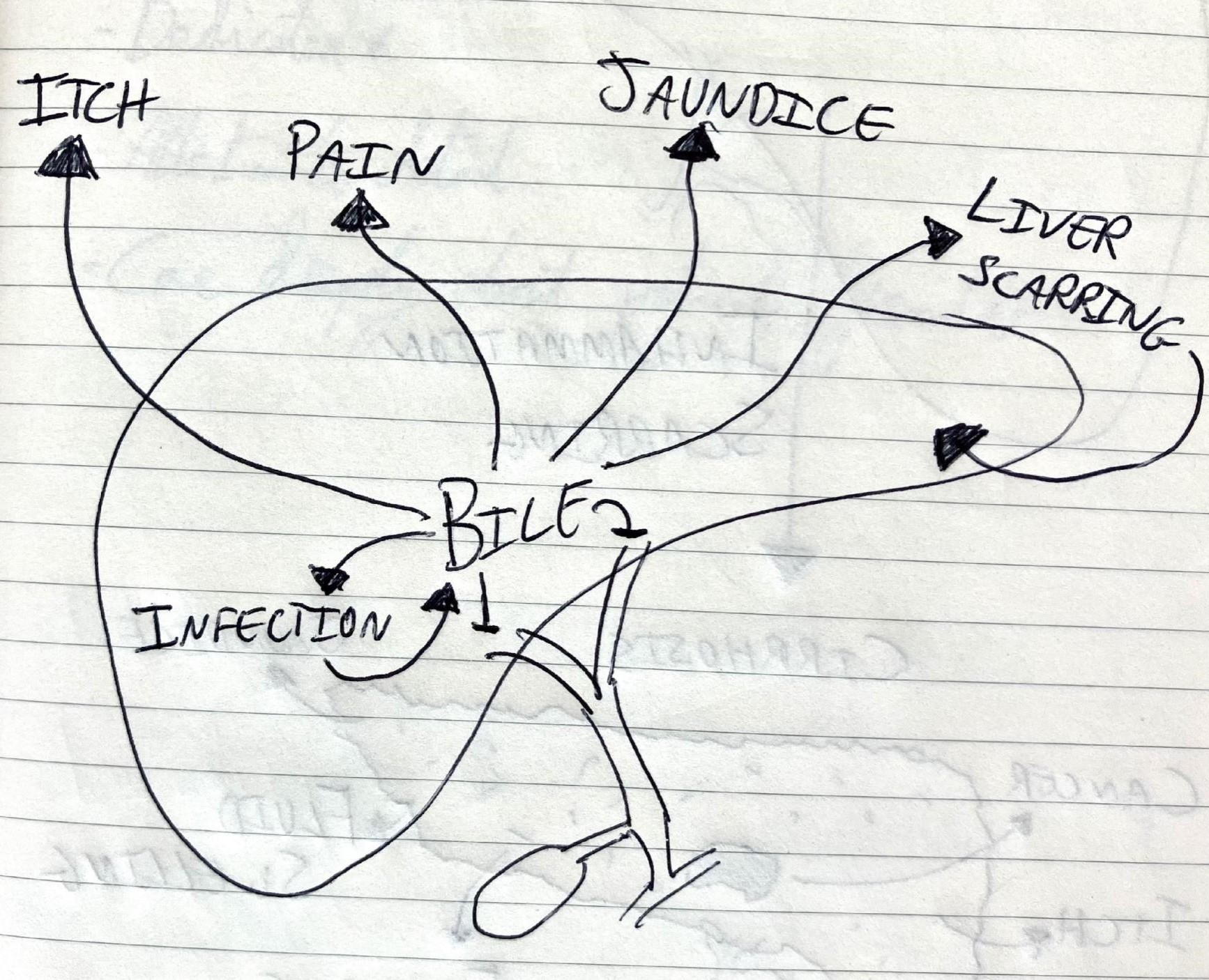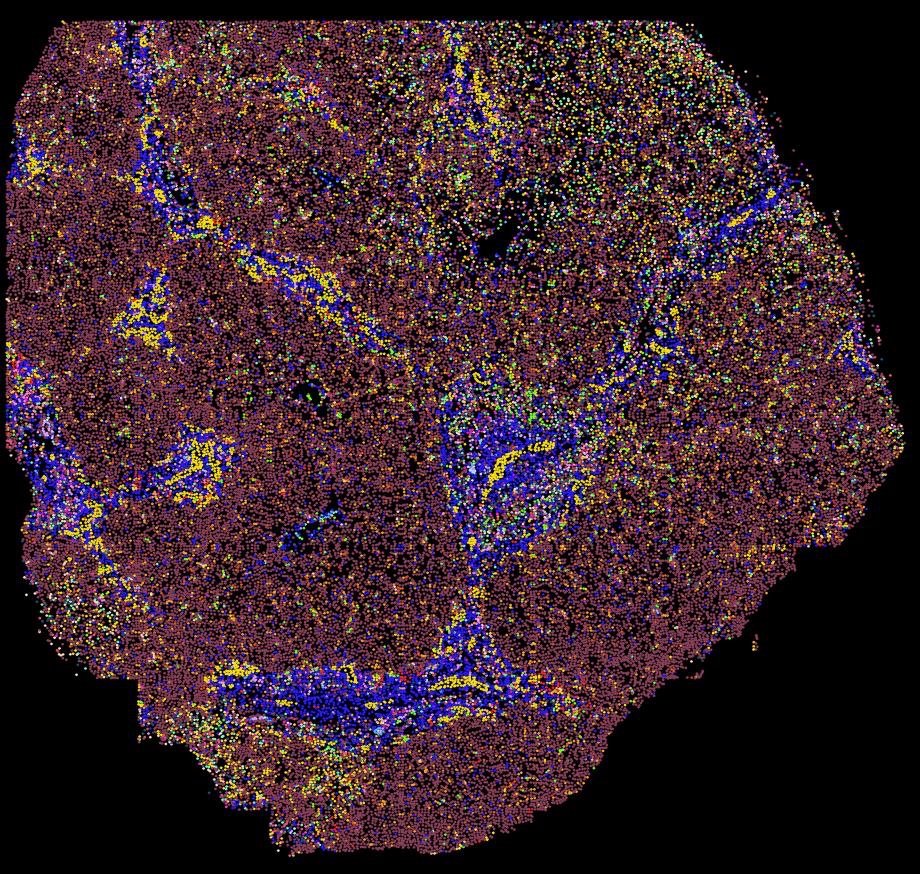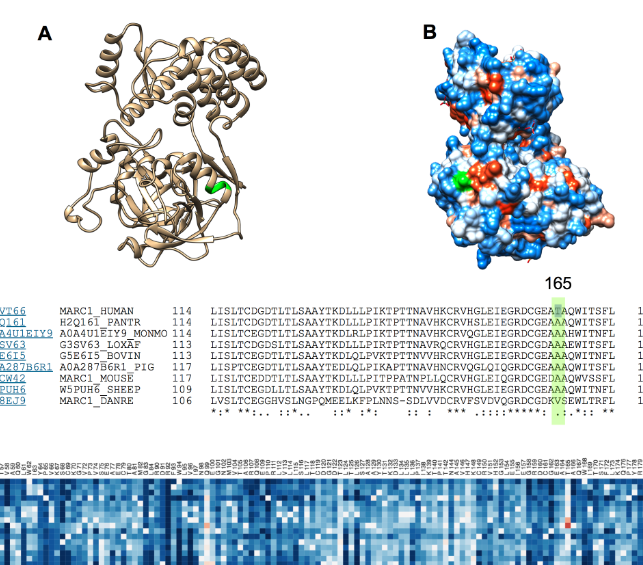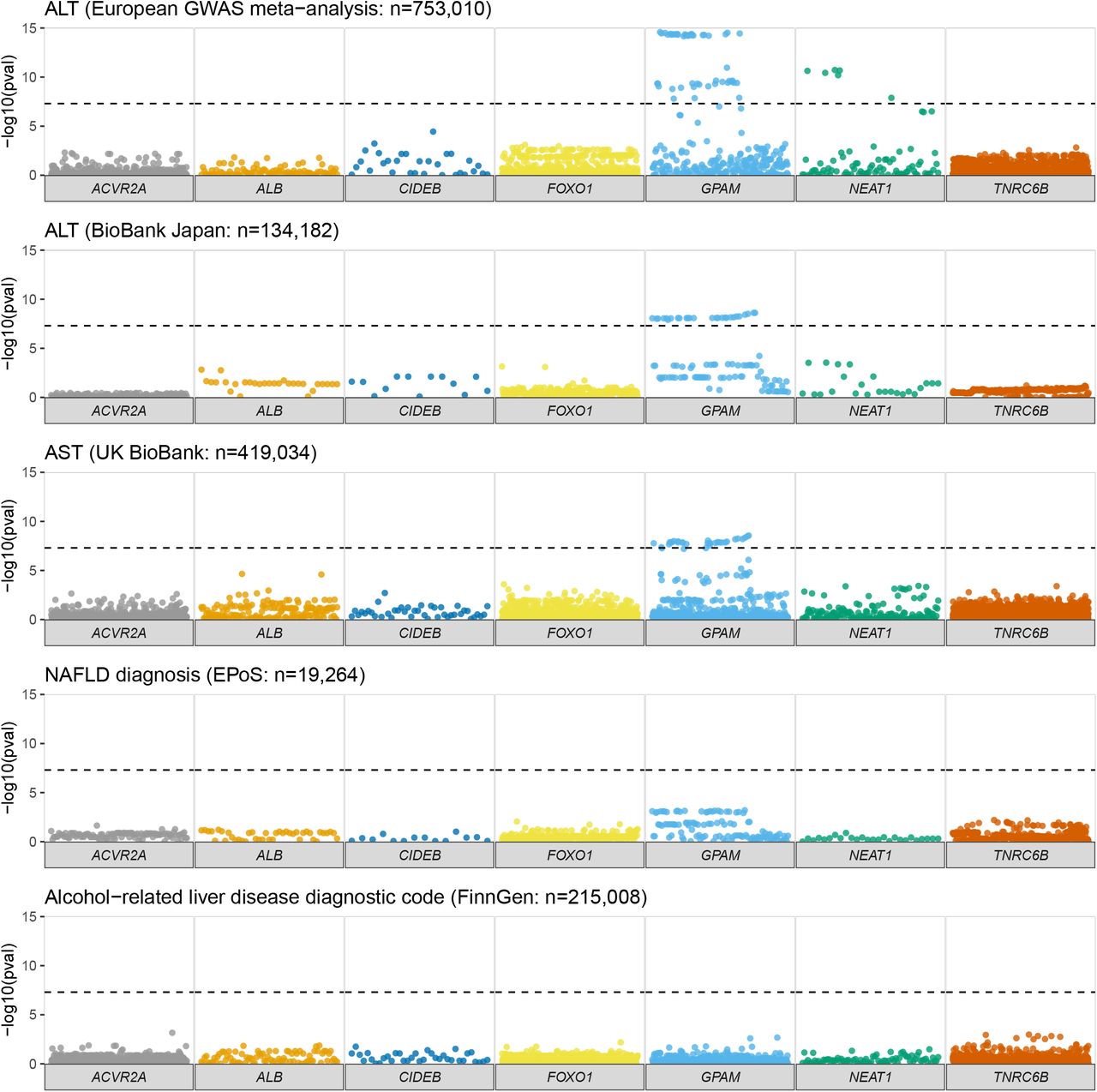“What is causing liver failure in these healthy children?” This is the question we were asking ourselves in the first half of 2022.
Shortly after I started on the liver unit at Birmingham Children’s there was an increase in the number of previously healthy children (mostly 1-5 years old) developing jaundice with high liver enzymes, due to liver inflammation (= “acute hepatitis” or “acute liver injury”). A small proportion of these went into liver failure (=”acute liver failure”) and some of them required liver transplants.
Acute liver failure in children is not common. The three UK liver centres typically each see a handful of cases annually. But from January-July 2022 liver units saw nearly 200 cases of acute hepatitis. This was defined as an epidemic, though clearly remained rare on a national scale. Rare, but serious for those affected.
What could cause an epidemic in acute hepatitis in children? Viruses, bacteria, fungi, drugs, and toxins are all options. There was no evidence that this was caused by SARS-CoV-2 (the virus that causes COVID-19). Careful studies by multiple research groups have identified adeno-associated virus 2 (AAV2) along with adenovirus as the likely culprit.
This epidemic prompted a group of hepatologists & scientists, including myself, to look back over what we know about acute liver failure (ALF) in children. (Read the full paper here: https://doi.org/10.1016/j.molmed.2022.11.006.)
ALF in children is mostly caused by viruses, the body’s own immune system (autoimmune), genetic conditions (mostly due to lack of certain enzymes), outside the context of this epidemic. There are many common factors shared by lots of different causes of ALF.
Genetics
Genetic forms of (recurrent) acute liver failure are particularly interesting. These are extremely rare. They are caused by mutations in the DNA for one or both copies of several genes. All these genes link together to allow cells to respond to ‘stress’ (for example, fever caused by a normal childhood illness). Like a chain, faulty copies of any one of such genes causes a break in the chain. This means that the liver cells don’t respond normally to fever and start to split open. “Reactive oxygen species” (oxygen molecules spilling out of damaged mitochondria) are made when this stress-response chain is broken. Therefore, a treatment for these genetic conditions is a medicine (called ‘NAC’) that mops up excess reactive oxygen species.

There is very strong, elegant evidence for the importance of this stress response chain. Could it account for the recent epidemic in ALF? No. The DNA mutations that cause the faulty genes are too rare. What isn’t yet know is whether more ‘mild’ DNA mutations (we all have millions of these) could increase the chance someone develops ALF.
Immune response
The immune system is particularly important for acute hepatitis (= liver inflammation) and ALF. It can be the cause of ALF due to the body’s immune system attacking liver cells (= autoimmune hepatitis). More commonly, there is another cause (or trigger), then the immune system takes over. Its response is meant to be helpful but in ALF it can cause as much damage as it prevents. Some immune cells that are particularly important in dampening down inflammation in the liver. We may be able to use these cells to treat acute hepatitis, in the future.

Regeneration
What determines if a child gets better or not, once this process has started? A balance of growth versus damage. If new liver cells are made faster than old liver cells are damaged then the liver begins to grow back. This growth (regeneration) is controlled by specific genes. The ‘stress response’ (discussed above) links into these genes. Exactly which genes in the stress response are increased may determine whether the liver grows back effectively. Or not, and a transplant is needed.

Common threads in ALF give us hope. Further research to understand these similarities (and differences) can lead to general (and specific) treatments.
This post is a summary of a recent review: https://doi.org/10.1016/j.molmed.2022.11.006




